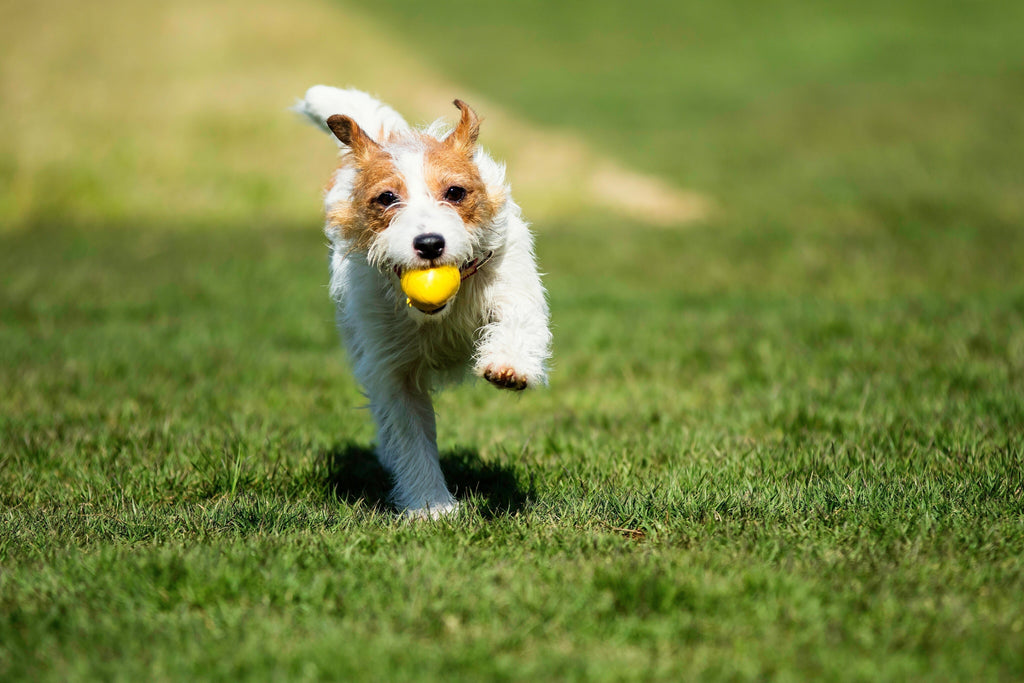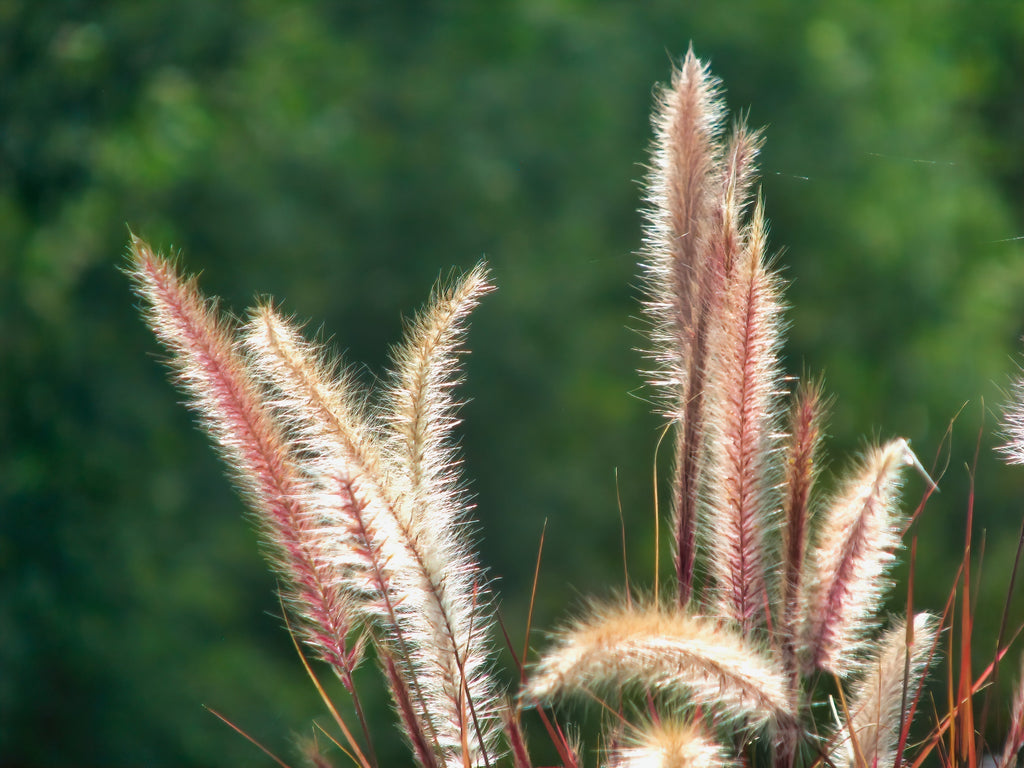Eat Your Veggies: What are the Best Vegetables for Dogs

Do you remember your mother telling you to eat your veggies? That was good advice for you, and it is good advice for your dog as well. Vegetables are good for dogs too. It can give them additional nutrients that will help them in a variety of ways. If you want to find out what are the best vegetables for dogs and which ones you should avoid, this article will tell you what you need to know.
Why should dogs eat vegetables?
As you feed your forever friend, you might want to include vegetables. No matter if your dog is on the nutritious raw dog food diet or a dry diet of healthiest kibble, or anything in between, it is easy to add some raw or cooked veggies that will help your dog live their best life!
Dogs are "carni-omnivores"
People think that dogs, throughout the ages, ate a diet of mostly meat. But when dogs ate their prey, they ate the entire prey, which included the contents of their stomachs and intestines. Dogs also supplemented their diet with a variety of other types of food.
Numerous studies have revealed that wolves frequently include plant material in their diet. These findings indicate that wolves may eat plants to alleviate stomach issues or to obtain essential nutrients that protein alone can not meet.
Genetically, dogs share 98.8 percent of their DNA with wolves, which seems significant. However, considering that humans share 99 percent of their DNA with chimpanzees and bonobos, this similarity might be less striking than it initially appears.
Despite what we may have been told, domestic dogs are not actually direct descendants of today's grey wolves. Instead, they share a common ancestor that is now, sadly extinct. Therefore, modern wild wolves are not the ideal model for determining the natural diet of our pet dogs.
For instance, dogs possess more copies of the gene responsible for starch digestion unlike wolves, which do not produce the enzyme amylase to break down starch, modern dogs have adapted to digest non-meat foods. This raises the question—can dogs truly thrive on a fully plant-based diet, and can dogs be vegan while still getting all the essential nutrients they need? Still, that doesn’t mean they can or should live on plants alone.
Cooked or raw, coloured or green–Veggies are a good supplement
As you cook your own dinner, think about the wide variety of vegetables that you can drop into your dog’s food bowl when it comes to mealtime. It is easy to make just a little more, some for you and some for your furry friend. Adding fresh veggies will keep both of you healthy!
Did you know studies have shown that feeding at least 20% of your pups diet raw food significantly reduced atopic dermatitis later in life! [3].
What are the 10 healthiest vegetables for your dog?

Canned vegetables for dogs might be easier to add, but fresh or frozen veggies will contain less salt which might be healthier for your dog. Raw veggies for your dog might not be the best idea either. While it isn’t exactly bad, cooked veggies are easier to digest and will cause fewer problems with intestinal gas. Avoid adding salt and butter or oil to the veggies–salt could affect their blood pressure and butter and oil just adds unneeded calories.
1. Broccoli
Broccoli is an easy veggie to add and can help with inflammation of joints and due to its high amount of phytochemicals called sulforaphane (a cancer fighting plant compound) has even been linked to reducing the risk of some cancers! It contains a variety of vitamins and minerals, like vitamins C, K, A, as well as manganese, fibre, folic acid for red blood cell formation and for healthy cell growth.
However, large amounts can cause gas and lead to intestinal discomfort, so cut it into small pieces and consider lightly cooking it to improve your doggo's ability to digest it. When you serve your dog broccoli, just give them small amounts so it doesn’t overwhelm their digestive tract.
A good raw vegetable for your dog is the broccoli stems. Your dog can chew it, which will help them with their dental health as well.
2. Brussel Sprouts
Brussel sprouts are a great source of fibre, vitamins A, C, K, and several members of the B-complex group, along with manganese and potassium. Like broccoli, they can give your dog a bit of gas due to the compound isothiocyanate, which could cause both you and your dog a little discomfort.
Just cook them until tender, cut them into smaller bites and mix them in with their normal food.
3. Carrots
Carrots are one of the best cooked or raw vegetables for your dog. They are full of beta carotene, vitamins A, C, and K, along with potassium.
Whole carrots serve as an excellent natural dental chew for your dog, contributing to the maintenance of their teeth's cleanliness and freshness. Regularly munching on carrots can effectively reduce the accumulation of plaque and tartar, thereby minimising the risk of issues such as gum disease.
If your doggo isn't into chewing, pureed carrots or carrot juice can be added to kibble which will provide extra vitamins along with added flavour.
4. Cabbage
Cabbage is another good veggie for your dog. It has vitamins C and K. When you cook it, make sure that you have chopped it into small amounts so it is easy for your dog to chew and swallow.
But remember, like other veggies, it can cause your best friend to have additional intestinal gas.
5. Celery
Believe it or not, celery is a good raw vegetable for your dog. When you give it to them, however, avoid the leaves because they can contain toxins. Celery is full of vitamins A, C, and K, as well as several B-complex vitamins.
Need a quick treat that is both healthy and delicious for your dog? Add peanut butter to a stick of celery, and see how happy it makes your dog.
6. Cucumber
Cucumber, since it is mostly water, can help you hydrate your dog during those hot, summer months. It contains vitamins A, C, and K, along with magnesium, you can slice it or cut it into spears. If you have a pup that is teething, freeze some slices or spears, then give it to them. The cold will help ease their painful gums.
7. Green Beans
Most dogs can’t get enough green beans, which is great because they’re one of the best green vegetables for dogs. They simply love the flavour. This is good because they contain vitamins A, C, and K along with several of the B vitamins and omega 3s. They also have manganese, potassium, a lot of fibre and will add additional protein to their diet.
Cooked or raw, just add them to their food or give it to them as treats.
8. Peas
Cooked peas–fresh or frozen will be a hit with your dog. Full of protein and fibre, they also have vitamins A, C, K and B complex, along with iron, copper, magnesium, zinc, potassium, phosphorus.
Just cook them until tender and mix them with your dog’s normal food.
9. Pumpkin and Squash
Don’t overlook veggies in the squash family. They are low in calories and full of antioxidants, fibre, and Vitamins A and C, E, along with iron and potassium. The fibre can help solidify their stool if they are having problems with diarrhoea. It is great for their immune system, muscles and eyes.
Just cube it and cook until tender. Make sure that the cubes are small enough so they won’t be a choking hazard. You can also cook the seeds and add them to their regular food.
If your dog is feeling a little under the weather, or you have been told to feed your dog a plain diet, feeding them some steamed mash pumpkin and chicken is the perfect meal to get their tummy back on track!
10. Sweet Potatoes
Sweet potatoes are a perfect choice for dogs due to their nutrient-rich profile, lower fat content, and ease of digestibility.
Packed with vitamins, minerals, and dietary fibre, sweet potatoes contribute to overall dog health, supporting the immune system, digestion, and providing a steady release of energy. Their natural sweetness makes them palatable, while the presence of beta-carotene offers antioxidant benefits for healthy skin and coat.
In comparison to regular potatoes, sweet potatoes are a much better option, as they contain complex carbohydrates (reducing those blood glucose spikes) and are generally gentler on a dog's digestive system.
Petzyo's Raw Royalty range is a perfect way to include vegetables into your dogs diet without the fuss! We recommend our Chick Magnet Raw Patties which contain Sweet Potatoes, Carrots, Celery and superfood extras!
Just a tad to your dog’s bowl

Some vegetables have benefits for your dog, but they can also come with problems if fed in excess. The following are fine for your dog, but only in small amounts.
1. Kale
Just like other green leafy vegetables, Kale contains vitamin C and K, along with calcium, potassium, magnesium, and beta-carotene. It can help your dog’s eyesight, blood, liver, muscles and immune system.
We suggest giving it to your dog in lightly cooked which can reduce tummy upsets leading to gas!
How much Kale is too much Kale? Its best to feed no more that 10% of your dogs diet!
2. Parsley
Curly Parsley is fine in small amounts and actually comes with quite a few health benefits including a source of vitamins A, C and K, folic acid and antioxidants - all which support cellular health! It is also a great way to freshen your dog's breath!
While it is safe to feed your dog curly parsley, other types of parsley can contain toxins which can be very detrimental to your pets health and can lead to blindness due to the compound furanocoumarin as well as a potential risk causing kidney problems!
3. Potatoes
Moderation is key here. Although they are just as delicious to your doggo, as they are to us - they should be considered a sometimes food. They have a high glycaemic index, leading to blood glucose spikes, which long term could trigger diabetes or insulin resistance. Simple carbohydrates in white potatoes may contribute to weight gain, and the presence of solanine, especially in green or sprouting potatoes, poses a risk of toxicity.
5. Spinach
Spinach is full of health benefits and provides vitamins A, C, and K, iron, and folate! It helps with their immune system, has cancer fighting properties, can reduce the risk of heart disease and is a great source of plant protein. However, like everything, moderation is key. Spinach contains oxalic acid, which can harm your dog's kidneys by forming crystals, so we suggest lightly cooking or steaming, which can help break down the acid.
How much Spinach can I feed my dog? Sticking to 1-3 tablespoons of chopped, cooked spinach once or twice a week is a great way to reap the benefits that spinach contains. Alternatively, to be on the safe side, consider feeding your doggo our Kibble That Counts range which contains the optimal amount of spinach!
6. Tomatoes
While tomatoes are not inherently toxic to dogs, certain parts of the tomato plant, such as the stems and leaves, contain solanine, which can be harmful. The highest concentration of solanine is typically found in green, unripe tomatoes so it is best to avoid them!
In moderation, tomatoes are a great source of vitamin c, calcium, potassium and beta-carotene! Though, due to their pH and acidity they can lead to an upset stomach when fed in large amounts!
Is it safe for dogs to eat tomatoes? How many tomatoes can my dog eat? Depending on the size of your dog we suggest no more than 3cm per 5kg doggo!
What vegetables should you avoid?
There are a number of fruits and vegetables that you should never give to your dog [4]. If your dog does ingest them, watch for changes in your dog’s vital signs and call your vet.
- Chives
- Garlic* (Follow Vet or Nutritional Expert Guidelines)
- Horseradish
- Leeks
- Onions
- Rhubarb
- Shallots
- Taro
Raw vegetables for dogs
If you are making your own raw food, you need to be careful about the amount of vegetables that you use. Raw veggies can produce a lot of intestinal gas, which can cause your dog a lot of pain, and you might be bothered by the smell, as well. As a general rule of thumb - vegetables should make up 10 - 20% of your doggo's diet.
Your dog’s best life

As you prepare meals for your dog, remember that there are veggies that are good, as well as veggies that are not so good. They can help you to provide a variety of nutrients that will help your dog in a variety of ways. Most are low in calories compared to the number of nutrients they contain. As you start your dog on veggies, add only one veggie at a time to see how it affects your dog, and start with small amounts to see how it affects them.
If you want to make sure that your dog is getting the most from its food, the best thing that you can do is start with a healthy dry dog food or raw diet food for dogs.
At Petzyo, we make our Kibble that Counts and Raw Royalty in small batches, with healthy, responsibly sourced ingredients. You can be sure that your dog will get everything that they need if you are giving them food from Petzyo.
References
[1] 10 Best Fruits and Vegetables for Dogs | PetMD
[2] What Vegetables Can Dogs Eat? - Whole Dog Journal (whole-dog-journal.com)
[3] Puppyhood diet as a factor in the development of owner‐reported allergy/atopy skin signs in adult dogs in Finland
[4] 14 Fruits And Vegetables Your Dog Should Not Eat – Inspire Dog




